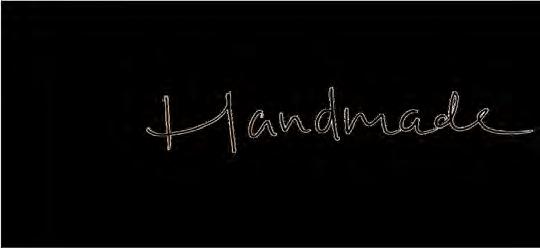
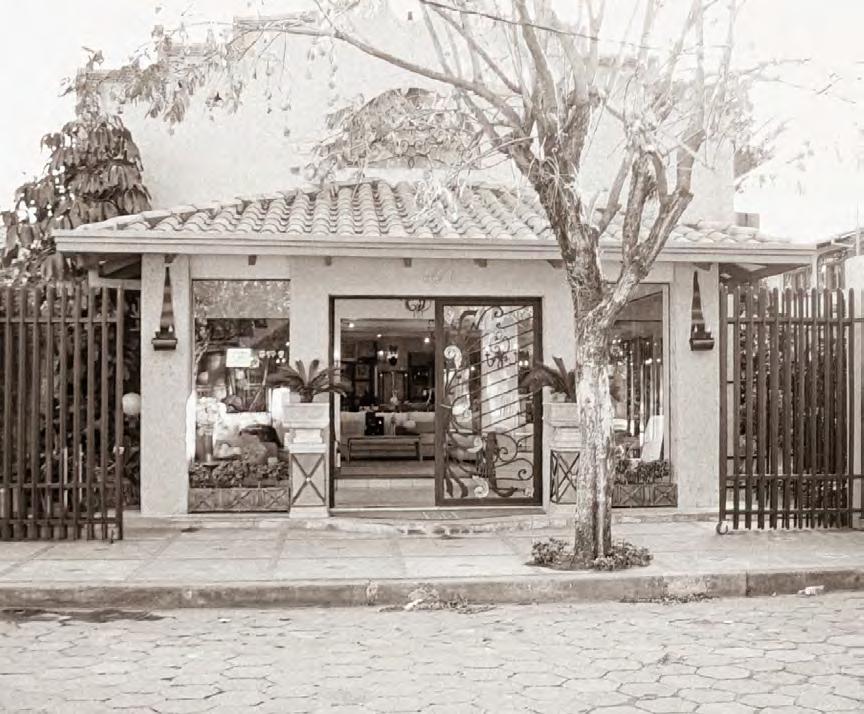
THE UNSEEN VALUE OF BOLIVIAN CRAFTSMANSHIP BY MAITE ADRIAZOLA


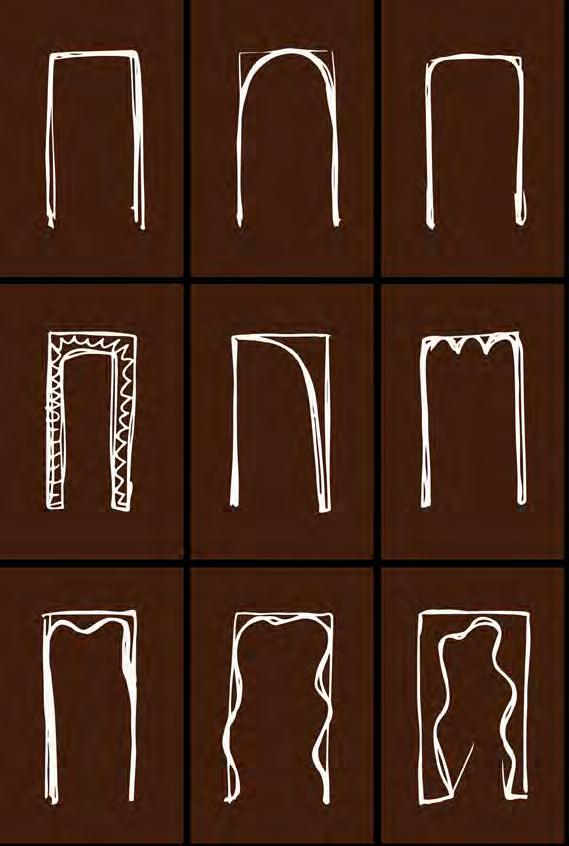
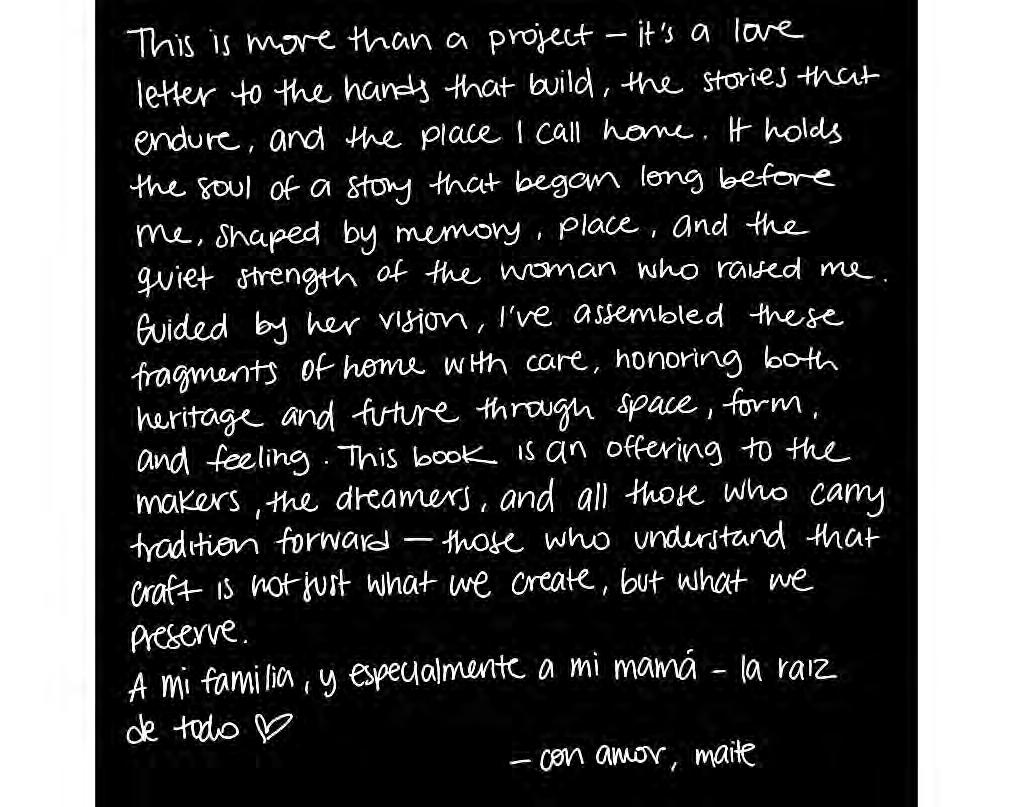

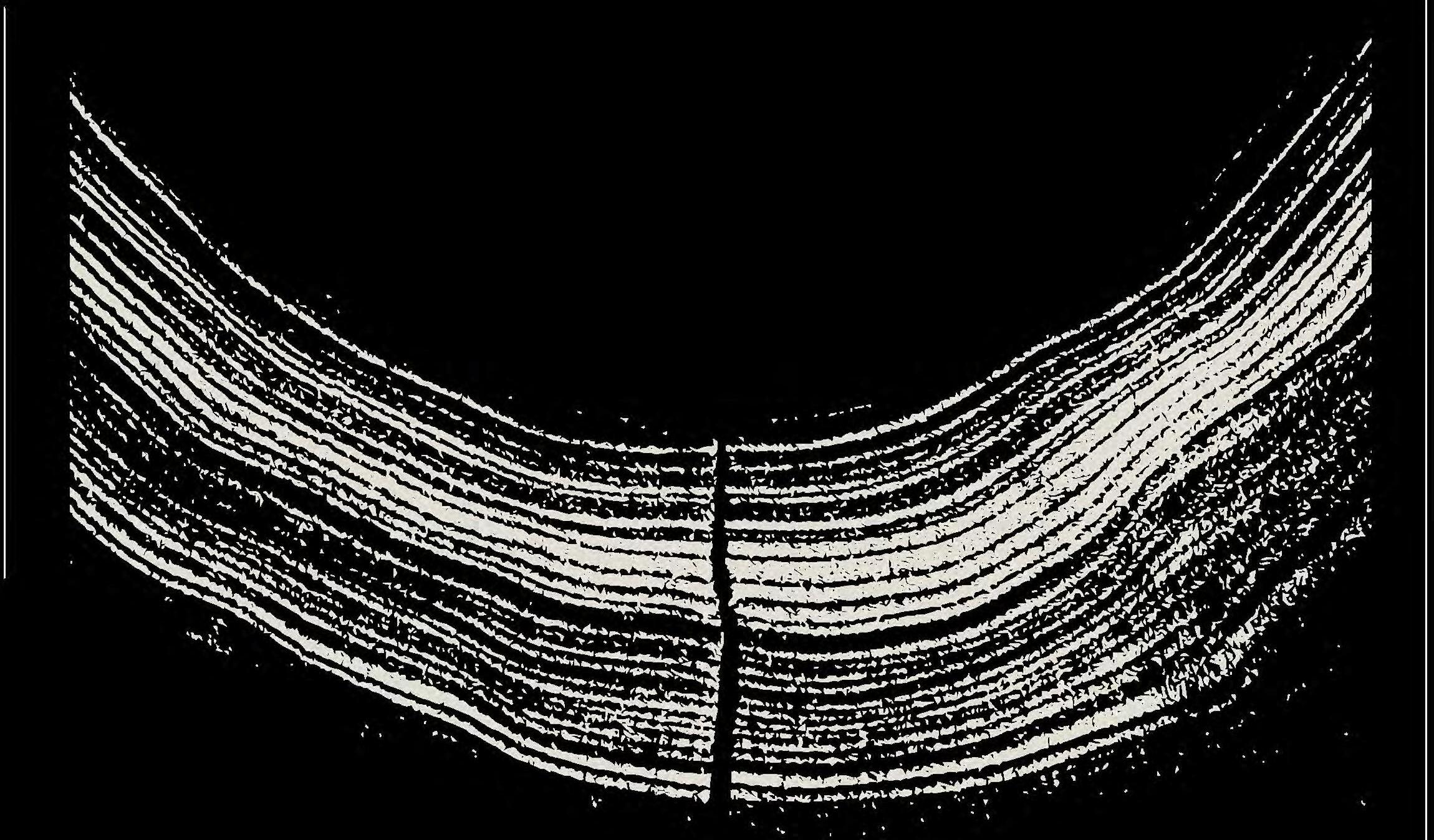
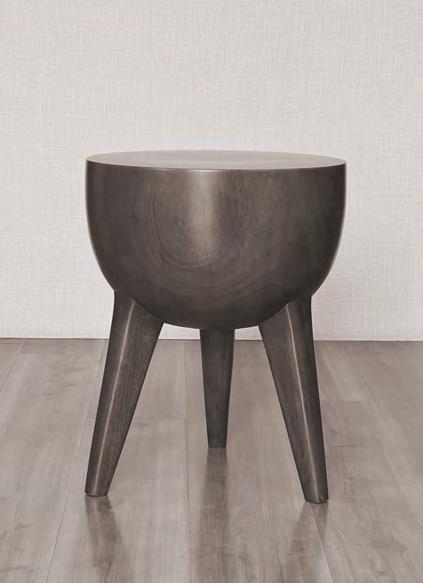


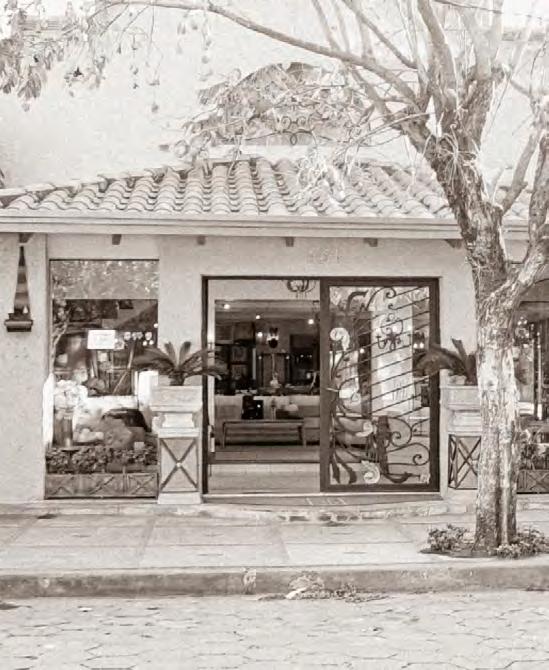
THE
CLIENT PART ONE
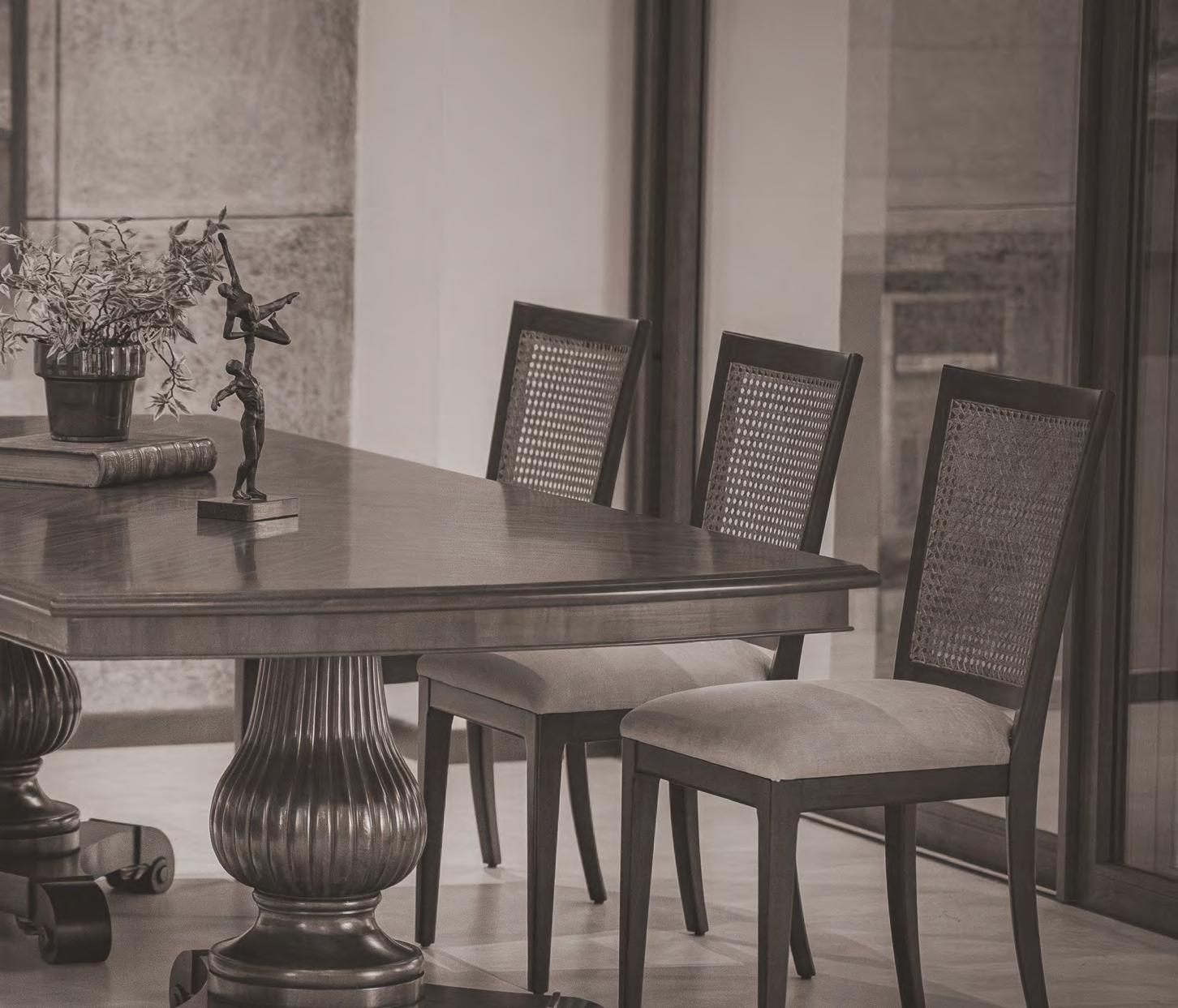


FOUNDER’S SKETCH
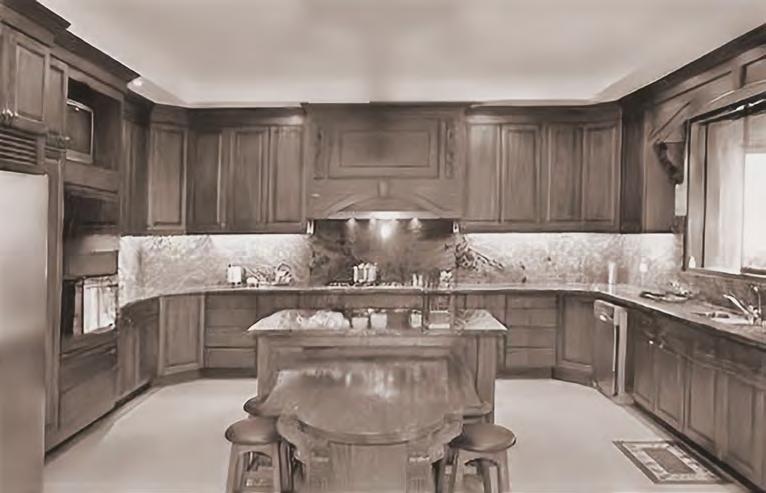



THE UNSEEN VALUE OF BOLIVIAN CRAFTSMANSHIP BY MAITE ADRIAZOLA










CLIENT PART ONE



FOUNDER’S SKETCH

La Farola began over 45 years ago as an iron workshop in Santa Cruz, Bolivia, founded by an argentinian craftsman. After changing ownership in 1995, my parents, Oscar and Maite shifted focus to outdoor furniture, blending iron with other materials found locally such as Bolivian Mahogany, Ipe, Rosewood, Oak and more. The company gained reputation for quality design and even began exporting, custom furniture to the Bahamas and the United States, growing into a medium sized family business specializing in exclusive pieces.
La Farola sets itself apart by specializing in highquality solid wood and iron furniture, avoiding synthetic materials like MDF to ensure durability and authenticity. Many clients have passed down their pieces for generations, a testament to the brand’s commitment to craftsmanship. With a focus on bespoke design, most pieces are custom-made to fit clients needs rather than mass-produced. Additionally, La Farola offers restoration services, allowing clients to refreshand preserve their furniture—even decades after it was first crafted.


PART TWO

80% 1% 72%
of Bolivia’s workforce operates in the informal sector with Artisans struggling for fair wages and visibility.
The percentage the textile and handicraft sector contributes to Bolivia’s GDP, but with proper market support, it could grow to 4%.
of Bolivia’s rural population live in poverty with artisans, relying on craft as their primary livelihood.

There is a lack of appreciation for traditional Bolivian craft. Designers and the general public in Bolivia often opt for imported and mass produced products, not because they do not value art, but because they were not educated to value it. Bolivia suffers from a significant lack of established art institutions, leaving the country’s artistic community with limited resources and platforms for growth. Economic struggles for artisans/crafters, sustainability in the industries & a decrease of small businesses are some of the effects that the main issue causes.
Without intervention, generations of craftsmanship risk being lost. This project redefines the shopping experience, creating a space where artisans gain visibility, customers engage with craftsmanship, and Bolivian design is preserved and valued.




HOW CAN THE REDESIGN OF FAMILY-OWNED FURNITURE STORE, LA FAROLA, USE
EXPERIENTIAL RETAIL TO ENHANCE THE VALUE OF BOLIVIAN CRAFTSMANSHIP?




Understand customer experience and engagement in retail spaces. What are their preferences, dislikes and influences to buy products.
Maintaining La Farola’s essence is key for the founders as well as for the loyal costumers. Highlighting Bolivian craftmanship all throughout the store is essential for this project.
Go beyond traditional furniture stores. Exceed customer expectations and make the stressful experience of buying furniture into a more relaxed, interactive and memorable one.
A new retail experience to promote Bolivian craftsmanship
Effectively transforming La Farola from a traditional furniture store into an innovative and memorable retail space that elevates Bolivian craftsmanship.
- Balancing tradition with innovation
- Creating an engaging experience
- Adapting to consumer behavior, entice consumers in other ways
- Ensuring sustainability
- Supporting Artisans work environment
- Go beyond conventional retail models.
- Neglect to pick & buy stores, instead focus on providing an immersive and engaging experience where consumers are taken through the production process, customization and bespoke elements.
- Technology integration for visualization- Supporting Artisans work environment
- Product showcasing
- Storytelling displays
- Artisan workshops
- Designer Ateliers
- Collaboration Areas
- Customization
- Material Selection
- Tech Integration
- Lounge spaces
New modern building originally for a clothing store
- Midtown Santa Cruz, BO
- 3 stories
- Surrounding stores
Understanding La Farola’s different client types to design catering to them.
Mostly intrested in completely bespoke items.
Mostly intrested in catalog items but customizeable.
Mostly intrested in built-ins, doors, staircases, kitchens.
- Product Displays
- Exhibition space layout and variations
- Photo studio / photo-ready showroom
- Lacking appropriate meeting spaces
- Material samples display
- Interior Design Studio Integration
- Cafe/Restaurant integration
- Include company’s narrative throughout showroom
- Bespoke furniture - more exposure.

Making the furniture selection and purchase process as stress-free as possible

Balance between permanent display features and temporary display features (like movable boxes or stands).
Having the workshop inside so that costumers can have a sneek peak is a huge bonus for the experience.

Having company’s core values and narrative as part of the showroom displays, layout and design.




New Home Owners
Designers
Furniture Enthusiasts
Art Lovers
Architects
BABY BOOMER COUPLE
Daniel & Isabella Ribera

Laura & Sebastian Hernandez

STAFF/EMPLOYEES
Designers
Management
Artisans
Material Providers
INTERIOR DESIGNER
Olivia Rodriguez

INDIRECT
Material Providers
Employees’ Family
Delivery Staff
Tourists
ARTISAN


TOURIST
Emilia Robinson Julio Carvajal







Santa Cruz is the largest city in Bolivia, it is known for its rapid growth and dynamic culture. It was founded in 1561 by the Spaniards and remained small until the 20th century. Due to its increase in agriculture and natural resources, Santa Cruz has grown to be Bolivia’s economic hub, contributing substantially to its GDP.



The culture consists of a blend of indigenous heritage and spanish colonial influence. Its people are known for their strong regional identity. The community is diverse, with a mix of native Guarani and Chiquitano populations, as well as immigrants from Europe, Asia, and other Latin American countries. The people from Santa Cruz are also known for being very hospitable, kind and friendly.
Santa Cruz vernacular architecture is characterized by its adaptation to the tropical climate. Historically, buildings featured wide eaves, thatched roofs, and open courtyards to promote ventilation and shade. The materials usually consist of adobe, wood, and palm leaves which are found locally.
The area in which the building is located is a more mixeduse area of Santa Cruz. It has a blend of commercial, residential, and local business activity. It is a bustling avenue with a variety of stores, markets, and community services. This avenue serves a broad demographic and has a localized feel, catering to a range of low-middle class citizens. This avenue is a key location that connects various parts of the city, making it a significant location for La Farola’s retail project.


The area around my building has vibrant atmosphere filled with local vendors which is why the architecture here leans more toward practicality. There are numerous mixed buildings combining retail on the ground floor and residential or office spaces on the upper floors and usually






Santa Cruz has a tropical climate since it is situated in the low lands of Bolivia. The city experiences a relatively stable climate with minimal seasonal changes. The temperatures remain warm throughout the year, with distinct wet (November-March) and dry (April-October) seasons rather than drastic shifts in weather.





The building consists of 2 major masses. The top one reflects high volume.

The ceiling trusses create a rhythmical pattern through the interiors.
Neutral colors from the concrete tiles are prevalent throughout the interior and exterior of the building.

The metal paneling on the corner windows contrast not only in color but in direction too, with the concrete tiles’ grouts going horizontally.
Concrete panels organized in a grid create a pattern on the facade.
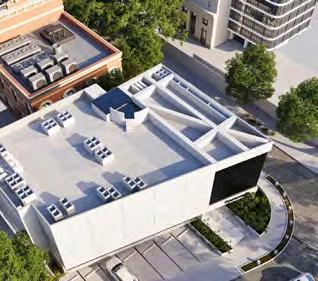
The building’s floorplan consists of 2 main diagonal lines which make it an asymetrical building.

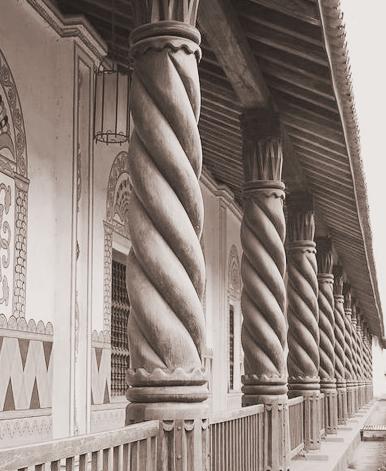
PART FOUR CONCEPT
Inspired by the Founder’s passion and creativity, La Farola becomes a warm, intimate space where each visitor connects deeply with Bolivian craftsmanship. A warm ambient scent rooted in natural elements bring the raw beauty of materials and designs to life. Thoughtfully curated patterns and textures guide the guests through the space while learning about the origins, techniques, and meaning behind each piece. The journey fosters both education and connection, honoring the founder’s vision and inviting visitors to discover the artistry woven into every piece.



CULTURE, CONNECTION, INTIMACY, & MY MUSE


PART FIVE



PRIVATE SPACES
SUNLIGHT NEEDED

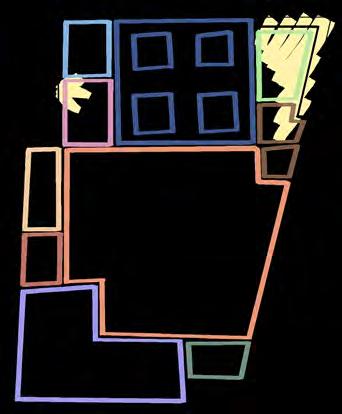







At the rooftop cafe, guests unwind with city views, surrounded by outdoor furniture and lighting displays. They leave with a deeper appreciation for Bolivian craftsmanship as a personal and cultural investment.
In the Material Library, visitors engage with designers, exploring textures and finishes. Siting in atelier spaces, they design furniture that is uniquely theirs, reinforcing the value of Bolivian craftsmanship.
Guests watch artisans at work, gaining insight into handmade design. They explore customization options through the chair and kithen display, connecting craft to personal choice.
A mysterious hallway builds intrigue, leading visitors into curated living and dining displays. They begin to see furniture as more than function-its storytelling and culture.

CHAIR DISPLAY

CUSTOMIZATION TABLE




FLOOR PLAN STUDIES ENTRYWAY




PART SIX




















OPEN EXHIBIT LEVEL ONE






MATERIAL LIBRARY LEVEL TWO


Acoustical solutions & privacy

Conceptual projects & visualization aids
No hierarchy - clients feel more comfortable
Comfortable for long meeting hours
LEVEL TWO DESIGNER’S ATELIERS

ROOFTOP












